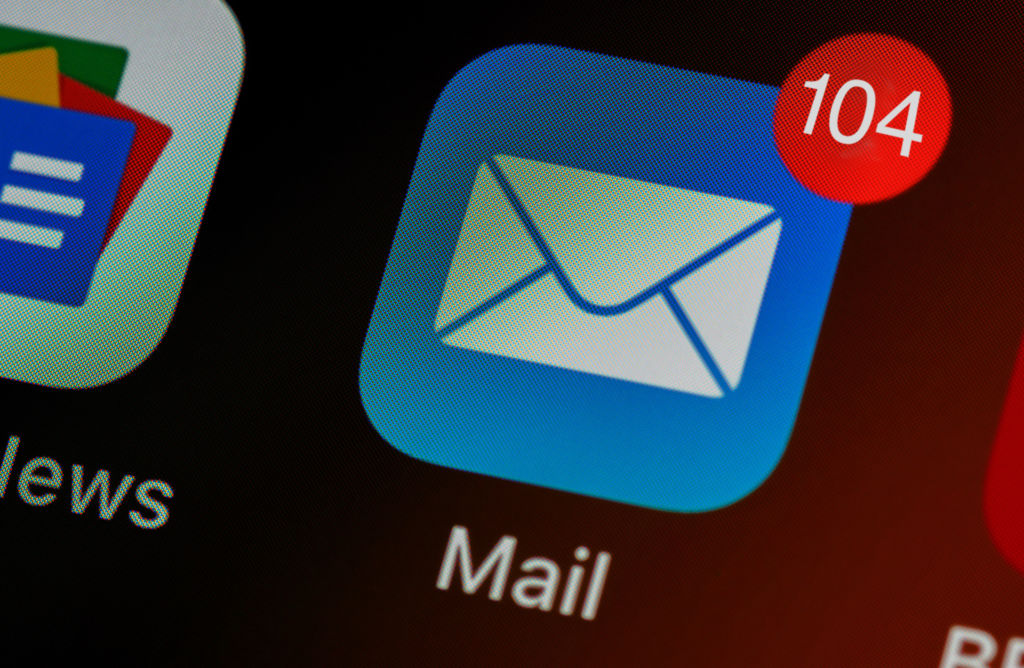
Can direct mail ever really be green?
In this era of sustainability, is direct mail dead? Or could it be an eco-friendly part of your marketing mix?
In today’s (quite rightly!) more sustainably focused world, you’d be forgiven for thinking that anything involving print is on the way out. Many offices have gone paperless and we’ve all seen the ‘Please think before you print this email’ signature.
Speaking of email, is it really the green alternative to physical mail that we’ve all been led to be believe, or could the sheer volume of digital communications actually create more emissions than you think?
And for an eco-friendly business, can direct mail be created in a way that doesn’t hinder a sustainable marketing mix… but actually helps it?
DM in a digital world
We’re all drowning in so many emails, instant messages and LinkedIn mails every day that it can be hard for digital communications to stand out. You might receive 100 emails on a Monday (and that’s on a good day!) but potentially just one physical mailer a week, meaning DM has to work a lot less hard to be noticed. And you can be a lot more creative in direct mail than you can in email, where graphics, gifs and links can impact deliverability and get you banished to spam purgatory.

Emails are also not exempt from environmental impact. Because they require electricity and infrastructure to distribute, sending a single text-based email emits 4g of CO2e (carbon dioxide equivalent).1 This can increase to 50g for emails with attachments.
Though a single printed piece does have a higher carbon footprint than a single email, when you look at the CO2 cost per sale, the tables turn.
Since email is seen as a cheap and effective channel, the volumes of emails being sent are rising significantly – whereas companies tend to be more cautious about direct mail… As there are so many emails being sent out… the CO2 per sale through email is greater than the CO2 through direct mail2
THE DMA
Have a go at this calculator to work out the carbon impact of your emails. The results might surprise you! If you send and receive 140 emails a day, in a year that creates as much CO2 as flying from London to Bruges. Yikes.
Ovo Energy says that if every Brit sent one less email a day, we’d save 16,433 tonnes of carbon a year. That’s the same as over 80,000 flights from London to Madrid.3 And it’s not just sending emails, storing them has a monumental impact too. Orange estimated that if everyone deleted just 50 emails, it would be the equivalent of turning off 2.7 billion light bulbs for one hour.4

So mass-marketing your contacts with email after email really isn’t that sustainable after all. There’s still space for direct mail in your mix, provided it’s done conscientiously. Here’s how:
7 top tips for sustainable direct mail
- Start with data
Just like with email, sending mail to vast swathes of contacts isn’t a great eco-move. Start by cleaning up your data to make sure it’s up-to-date, improving deliverability and preventing your mailers being thrown away by someone else. Then segregate your data to ensure only the most relevant people (like decision-makers) are receiving it. - Simplify
Cut back on the amount of paper used by aiming for smaller, lighter mail with less pages and avoid envelopes with plastic address windows. Try self-mailers or postcards instead. - Choose materials carefully
Your biggest considerations are paper and ink. Recycled paper uses less water and energy, and if the paper stock is approved by the Forest Stewardship Council (FSC) you can use their logo on your mailer. Vegetable-based inks use far less of the petroleum required to produce other inks. Soy-based ink offers brighter colours, meaning you need less for printing which can help offset costs. - Encourage customers to recycle
Ensure your DM is recyclable and tell customers it is! Add ‘please recycle me’ to the mail piece in a prominent spot. - Get creative
You don’t have to stick with bog-standard paper! You can craft mail out of elephant poo paper or seeded paper, which can be embedded with the seeds of flowers, herbs or vegetables. All your customer needs to do is plant them, water them and watch them grow. - Measure your success
By tracking who’s converting, you can refine your direct mail for the next round of campaigning. Try using a QR code to track website visits back to a specific campaign or even to an individual customer, with highly targeted one to one or one to few approaches. - Choose a sustainable partner
Ultimately you want to choose a partner who will create your DM with your business’ sustainability and reputation in mind, coming up with ideas for the strategy, design and distribution based around environmental impact.
The Creative Consultancy has worked on many green projects for our clients like Royal Mail, which included direct mail. It doesn’t have to be banished from your marketing mix entirely, it just has to be carefully considered, created in the most sustainable way, and sent at the right time to the right people. If you’d like to chat about how we could do the same for you, please get in touch.
Footnotes:
- https://www.eco2greetings.com/News/The-Carbon-Footprint-of-Email-vs-Postal-Mail.html
- https://dma.org.uk/article/why-email-and-digital-activity-is-not-always-the-greener-option#
- https://www.ovoenergy.com/ovo-newsroom/press-releases/2019/november/think-before-you-thank-if-every-brit-sent-one-less-thank-you-email-a-day-we-would-save-16433-tonnes-of-carbon-a-year-the-same-as-81152-flights-to-madrid
- https://medium.com/@parthgarg19/what-if-deleting-emails-could-save-our-planet-8667584367ee